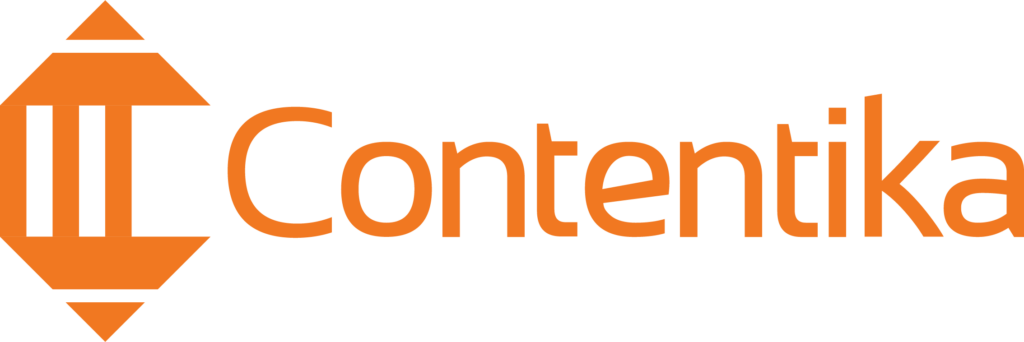As overused as the phrase “content is king” is, quality content is still essential to the success of your website – especially if you want to rank well in search engines. That’s why it’s essential to ensure that the content on your website or blog features high-quality, well-written content. Unfortunately, not all contents are created equal. There is such a thing as “thin content,” which you should avoid at all costs. But what is thin content? Why should you care about it? What is Thin Content? Generally, “thin content” is content that provides little value to users. It is usually short and lacking in detail, or it might simply be irrelevant to the user’s needs. Either way, it doesn’t provide the users with substantial value, which can hurt your website’s ranking in search results. Because your content is usually published online, they competes with the content of other websites for ranking in search results. It’s like a popularity contest; meaning that if your content doesn’t offer much value compared to the other content out there, it’s unlikely that you’ll rank very high in search engine results pages (SERPs). In some cases, thin content might even be penalized by Google. This means that your website could be pushed down in search results or even removed from them entirely. Google usually interprets thin content as an indication that your website is not particularly helpful or informative, which is why it’s essential to avoid it if you want your audience to see your content. Related: 10 Crucial Metrics to Measure Your Content Marketing Success Types of Thin Content There are several types of thin content, which can be classified based on length, quality, or intention. Here are some of the most common types of thin content: 1. Short Content Content that is too short might be considered thin because it doesn’t provide enough information to the reader. For example, let’s say you have a blog about cars. A short post that simply lists the different types of cars would be considered thin content because it doesn’t offer much value to the reader. For the content to be effective, it should be long enough to explore the topic in depth. 2. Low-Quality Content Content can also be considered thin if it’s poorly written, contains grammar or spelling errors, or is otherwise low quality. This type of content doesn’t provide value to the reader, and it certainly won’t help your website rank well in search results. 3. Duplicate Content If you have multiple pages on your website with similar content, Google might consider this thin content. Duplicate content can hurt your website’s ranking in search results, so it’s vital to ensure that all of your site’s content is unique. One way to avoid duplicate content is to use a tool like Copyscape, which can help you check for plagiarism. 4. Keyword Stuffing Keyword stuffing” is a black-hat SEO tactic in which a website stuffs its content with keywords in an attempt to rank higher in search results. For example, let’s say you have a website about cars. If you stuff your content with the word “car,” it would look something like this: “I love cars. Cars are the best. I can’t get enough of cars.” Not only is this bad for the reader, but it’s also a surefire way to get penalized by Google. So, if you’re using keywords, ensure to use them sparingly and only when they make sense. 5. Intentionally Deceptive Content Some websites try to trick users by writing articles that purposely mislead them. This type of content is often called “clickbait” because it’s designed to get users to click on a link without providing them with any real value. For example, a website about cars might include an article about the history of the automobile industry – even though the article has nothing to do with cars. This type of content is considered thin because it’s not relevant to the topic of the website, and it can be confusing or misleading to readers. It can also get your website penalized by Google. Related: The Ultimate Guide to Finding the Best Keyword Research Tool Key Differences Between “Thin” and “Thick” Content Now that you know what thin content is and why it can be problematic, you may wonder what the difference is between “thin” and “high-quality” content. After all, both types of content are text-based and can be published on a website. So, what makes one better than the other? Thin Content and SEO Google has stated that they penalize sites with thin content to provide a better experience for users. When a site features thin content, it’s more likely to appear in search results below other sites offering substantial value. Here are some adverse effects thin content may have on your website. Google may not Index Pages with Thin Content If the pages aren’t indexed, they can’t rank. If you have a lot of thin pages, this could be eating up a lot of your website’s potential. As a result, your website as a whole may not be performing as well as it could be. Not being indexed is often an issue with thin content pages because they’re not deemed valuable or relevant enough to warrant indexation. Google’s Panda Update Targets Sites with Thin Content The second issue is that Google’s Panda update targets sites with thin content. This update was first rolled out in 2011 and is designed to penalize websites with thin or poor-quality content. In other words, it aims at decreasing the rank of “low-quality sites” or “thin sites” and return higher-quality sites near the top of the search results. As such, sites with thin content may see a drop in their search engine rankings. In addition, they may also receive less traffic from Google. Google’s ‘Helpful Content Update’ Google announced a broad core algorithm update called the “Helpful Content Update.” The goal of this update was to promote websites with content that is helpful and relevant










